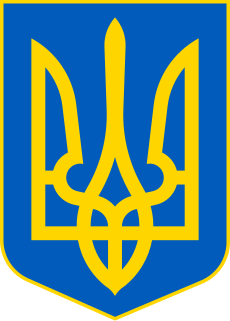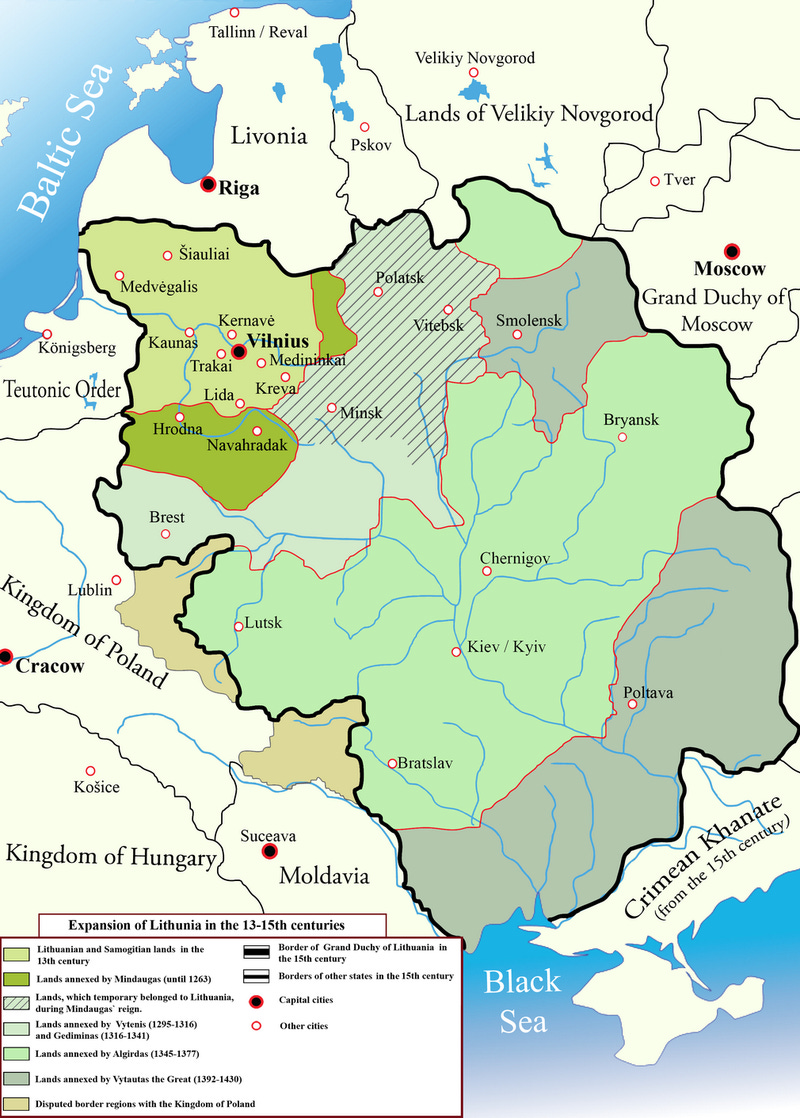Three Forks in the Road
The first of three in the back for russian historical disinformation & Ukrainians’ persistent divergence from Moscovy
At the centre of current invasion of Ukraine on the part of the state that calls itself the “Russian Federation” is a debate soaked in the controversy of national origins which seem opaque, even academic from the outside. It needn’t be either. (russia and russian federation will remain uncapitalised for the rest of this article unless I slip. It is the russian state that has an identity issue, not the Ukrainian one). All three of the Belarusian, Ukrainian and modern russian states trace their histories back to a common root with the foundation of a state known as Kyivan Rus’ (founded in Kyiv at around CE 860). Kyiv existed of course, a long time before that as a slavic settlement. But attempting to prove that there is a common genetic, geneological, historical basis for any state of today not the point. Or rather it is exactly the point because it is something that in recent history, only the Nazis have attempted, until now.
In CE 330 the Roman Empire was divided into western and eastern parts and consequently Byzantium (Constantinople) rose as the central cultural capital of the Roman Empire and Christianity up until the Great Schism of 1054 which split the church between that Catholic west and the Orthodox east. It is the Vikings (or Varangians as the branch that dominated the eastern trade route from Byzantium to northern Europe along the Dnipro came to be known), who laid the foundations of the Kyivan Rus’ state. It was the Vikings also who came to dominate the western trade route. The period of Danelaw in the British Isles, the development of Norman identity is contemporaneous and intertwined as this trade route around the Atlantic coast in the west and along the Dnipro in the east draws a boundary around Christendom and the formation of a distinct European identity in its entirety.
The development of a distinct Rus’ identity was as fluid as that of the Norman one. And the extent to which this development is intertwined is witnessed by the the battle of Stamford Bridge (1066) in British History when Harald Hardrada as the King of Norway who had made his fortune in the Varangian Guards, the crack troops of Byzantium, returned to Durham to claim the throne of England only to be vanquished by Harald Godwinsson who was immediately put down in his turn by William the Bastard, a Norman Prince and 4th or 5th generation Scandinavian immigrant to the North coast of what is today’s modern France.
In the east, Kyivan Rus’ was establishing itself as an Empire of similar import to that of the Normans in the West. Starting with Oleg “the Wise” the centre of gravity of the Varangian trade routes along the Dnipro moved decisively from Novgorod to Kyiv. With this the Rurikid dynasty assumed the monarchical position in the Rus’ lands from 882 until its final fragmentation and dissolution between 1132 and 1240.
It is this Rurikid line that is later exploited by Moscovy. Ivan III “the Great” claims the right to the title “Tsar of all Rus’” in 1462 but the attentive among you will have noticed a 3-400 year gap in the story. Whilst it is more or less genealogically undisputable it is a clear historical distortion. Just as the descendants of Rollo the Viking in the West became French and consequently, somehow British, the genealogical line in the East has only but a passing bearing on the formation of national identity. As if to underline the point the Rurikid grandson of Ivan III “the Great”, Ivan IV “the Terrible” didn’t think of himself as Rus’ at all. As far as he was concerned, he was a German, the 20th grandchild of Charlemagne, the Holy Roman Emperor and the great great grandson of Manuel II Palaiologos, the Byzantine Emperor 1391-1425.
At the time of the demise of Kievan Rus’ Moscow was merely a minor town on the western border of Principality of Vladimir-Suzdal, a vassal of the Mongol Empire. The Mongol Empire was succeeded by the Khanate of the Golden Horde which remained in control until Moscovy’s rise under Vladimir III “The Great”. Vlad III, claimed Moscow to be the “Third Rome” thanks apparently to the ancestry of his wife, Sofia Palaiologos. From that point on Moscovy is an expansionist and imperial project. Bear in mind that from around 1200 to 1791 the North-West, West and Southern principalities of the former Kievan Rus’ had fallen under the Suzerainty of the Grand Duchy of Lithuania and the Commonwealth of Poland and Lithuania. It is here that a separate “Ruthenian” identity was allowed to flourish laying the foundations of what became the modern Belarusian and Ukrainian identities with Ruthenian becoming the administrative language of the Lithuanian court until increasing polonisation following the Union of Lublin and creation of the commonwealth in 1569. Interestingly “Mala Rus/Мала Русь'”, “Rus’ Minor”, or “Little Rus’” was coined by Boleslav-Jerzy II the ruler of Ruthenia and Galicia-Volhynia from within the Grand Duchy in 1335. Not to differentiate from an as yet irrelevant Moscovy but most likely from the Bela Rus’ in the north. The concept of “Russia” per se did not even exist at this time so it is anachronistic to talk of Mala Rus as “Little Russia”. The prefix Bela has an equally intriguing etymology. While Bela clearly refers to the colour white, its cognate in Lithuanian “Baltas” has the additional meaning of North. Hence the Baltic sea is both white and to the North in common with the “white”, or north ruthenians of Belarus.
Recommended Reading
The Origins of the Slavic Nations - Premodern Identities in Russia, Ukraine and Belarus by Serhii Plokhy, Cambridge University Press, 2006 ISBN-13 978-0-521-86403-9
Vanished Kingdoms - by Norman Davies, Penguin, 2010 ISBN-13 : 978-0143122951
Figure 1: Expansion of the Grand Duchy of Lithuania from in the 13th to 15th Centuries (pic: Wikipedia)




